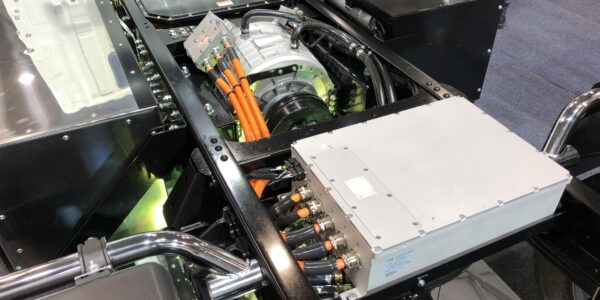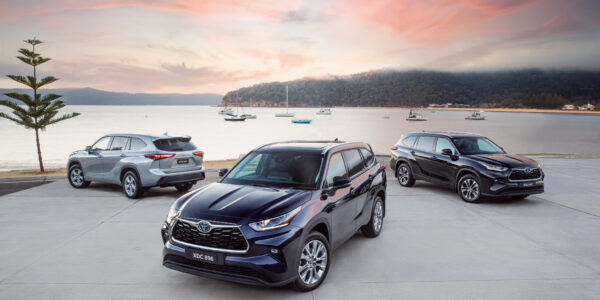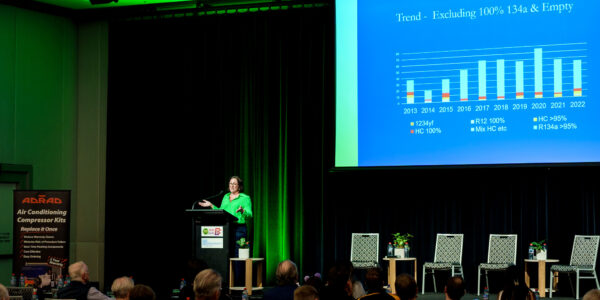Uptake of R1234yf in cars imported to Australia seemed to accelerate during 2022
- PostedPublished 6 January 2023
An informal straw poll of new vehicles on the Australian market suggests that R1234yf is finally becoming more commonplace as vehicle manufacturers begin to send cars here charged with the ultra-low-GWP refrigerant. However, some continue to drag the chain.
An informal straw poll of new vehicles on the Australian market suggests that R1234yf is finally becoming more commonplace as vehicle manufacturers begin to send cars here charged with the ultra-low-GWP refrigerant. However, some continue to drag the chain.
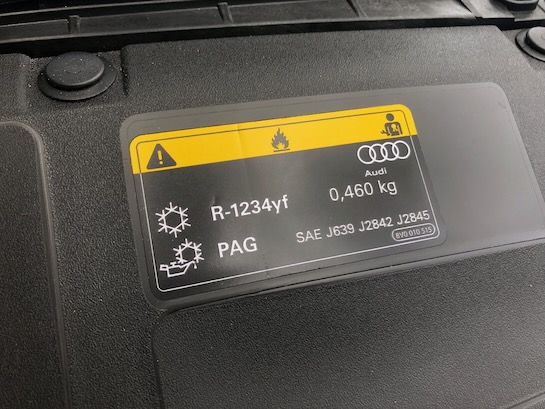
Having unwittingly admitted to a VASA representative some years ago that it had the option to tick a box for R134a or R1234yf on the import order form, then chose the former option in the absence of local regulations forcing or encouraging them to do otherwise, Volkswagen Group has now begun the rollout of YF in Australia, judging by VW and Audi products bearing J639 labels to that effect. That said, some Skoda models seem to still be running R134a.
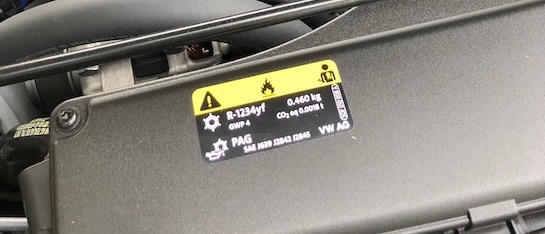
Honda has also joined the R1234yf party, although its labelling does not appear consistent with the J639 standard. That said, at least there is a label – far too many vehicles surveyed still had zero refrigerant labels.
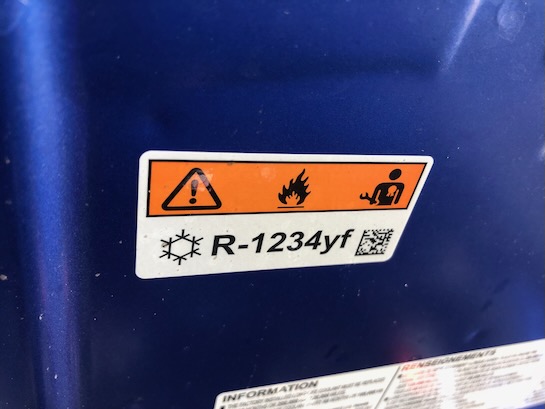
Disappointingly, manufacturers are still exporting electric vehicles – sold from an environmentally friendly standpoint – with quite large charges of R134a due to the refrigerant doing double duty of cabin comfort and battery/driveline thermal management (Kia EV6 label pictured).
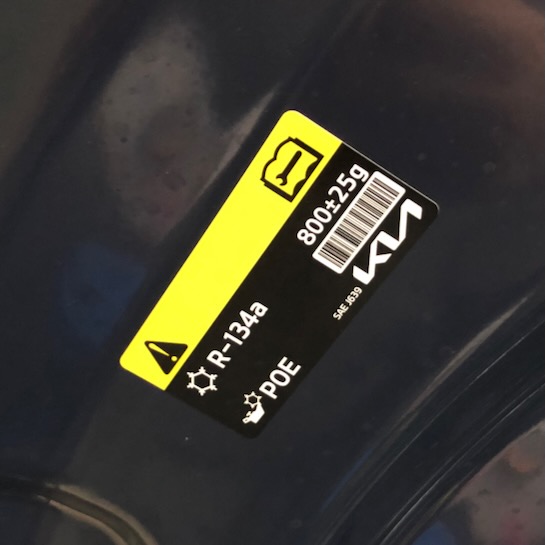
Chinese manufacturer GWM Haval, which started selling some great-to-drive and fuel-efficient hybrid vehicles in 2022, is, unfortunately, charging them with R134a – in the H6 medium SUV’s case, a fairly big 650g.
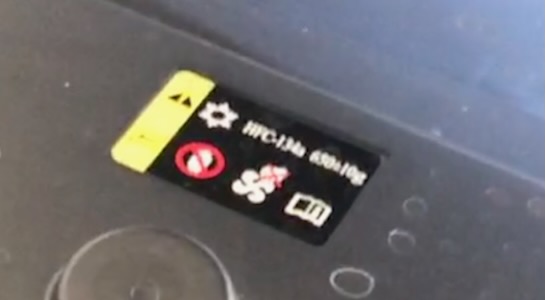
And while VW Group has now embraced YF, compatriot BMW remains a fan of R134a for the Australian market.
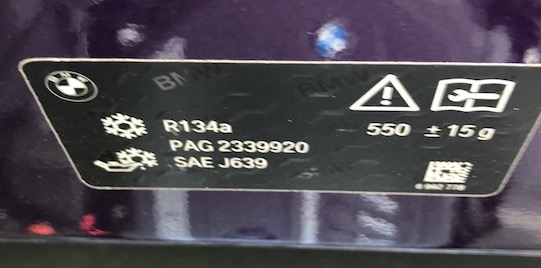
Nissan seems to be inconsistent with its use of YF, the electric (but quite old in lifecycle terms) Leaf using the new-generation HFO refrigerant while the just-released Pathfinder large SUV is still using a big charge of R134a (to go with its old-tech and rather thirsty 3.5-litre V6 petrol engine).
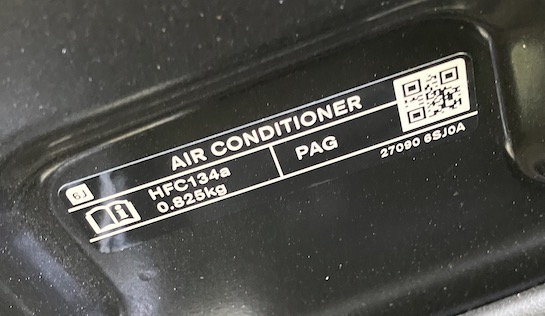
The progress seen during 2022 is welcome but inconsistency within brands (apparently due to where the vehicles are built) remains a problem, while the continued use of R134a in electric vehicles speaks volumes about the priority of some car manufacturers when it comes to environmental performance.
Let’s hope more of them make a New Year’s resolution to drop R134a in 2023. It may otherwise prove difficult for Australia to meet its Kigali Amendment commitments to phase down HFCs.
- CategoriesIn Latest News
- TagsR1234yf, refrigerant

